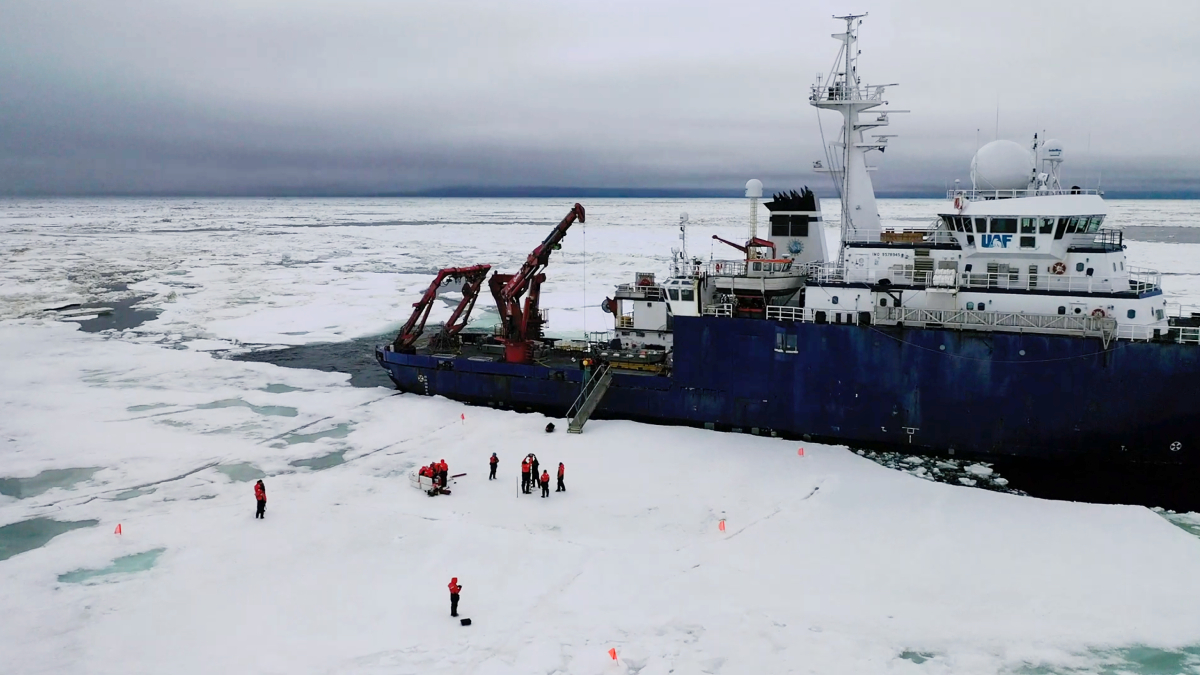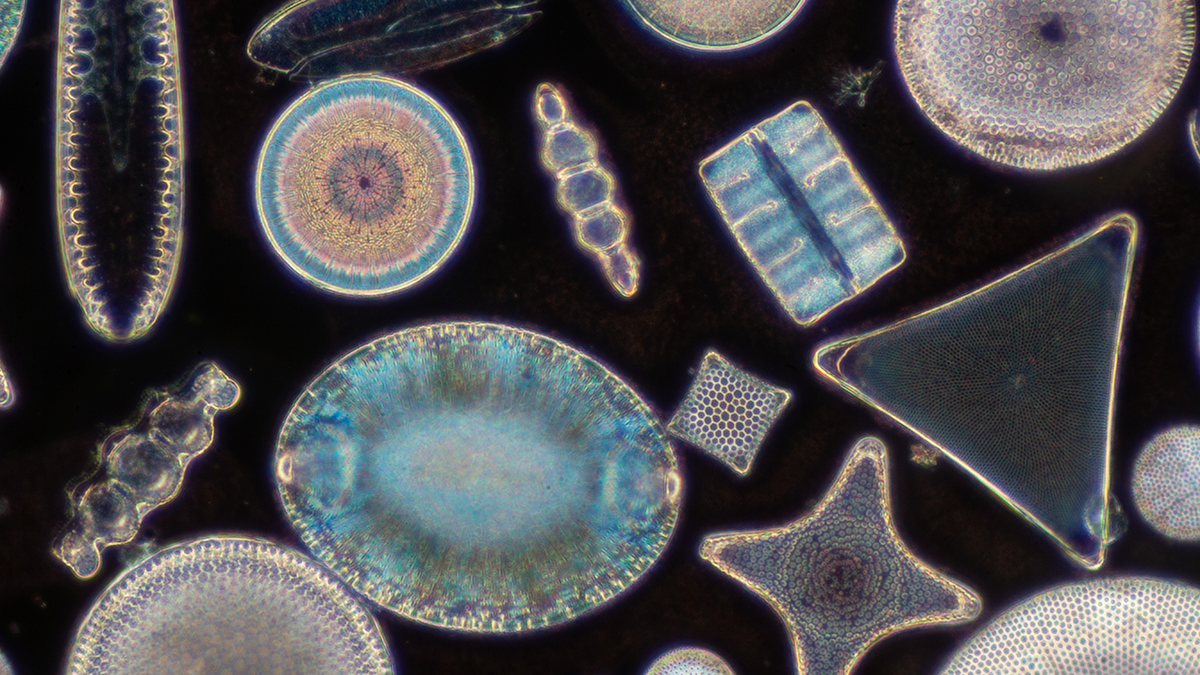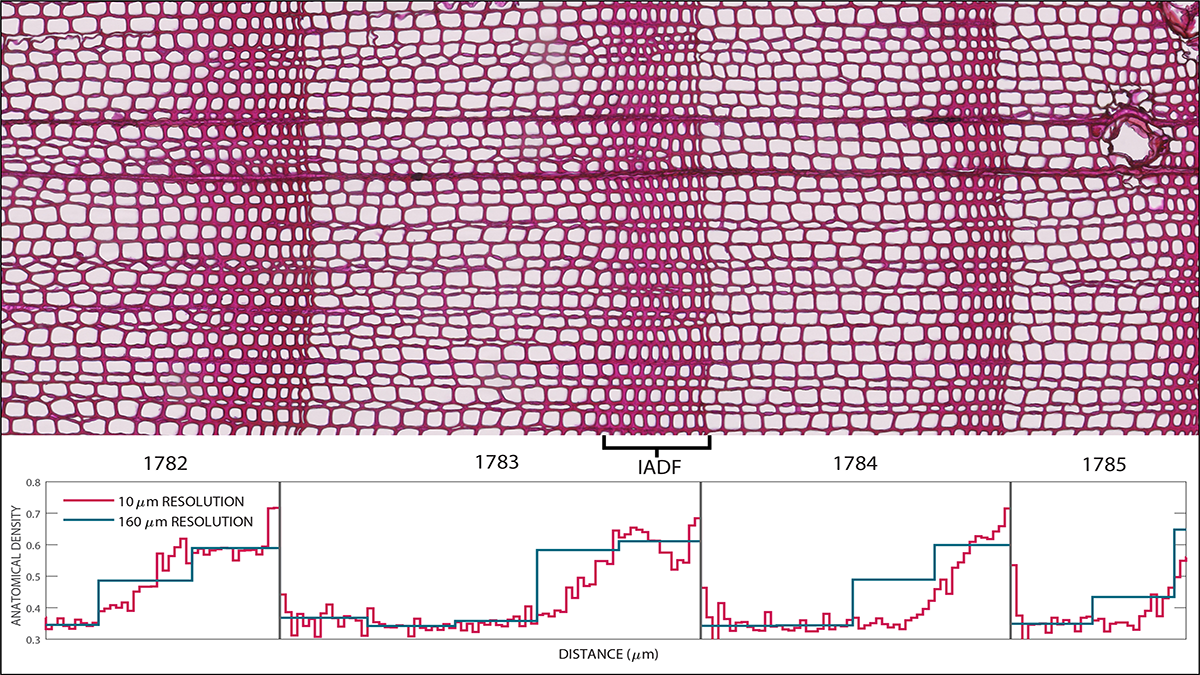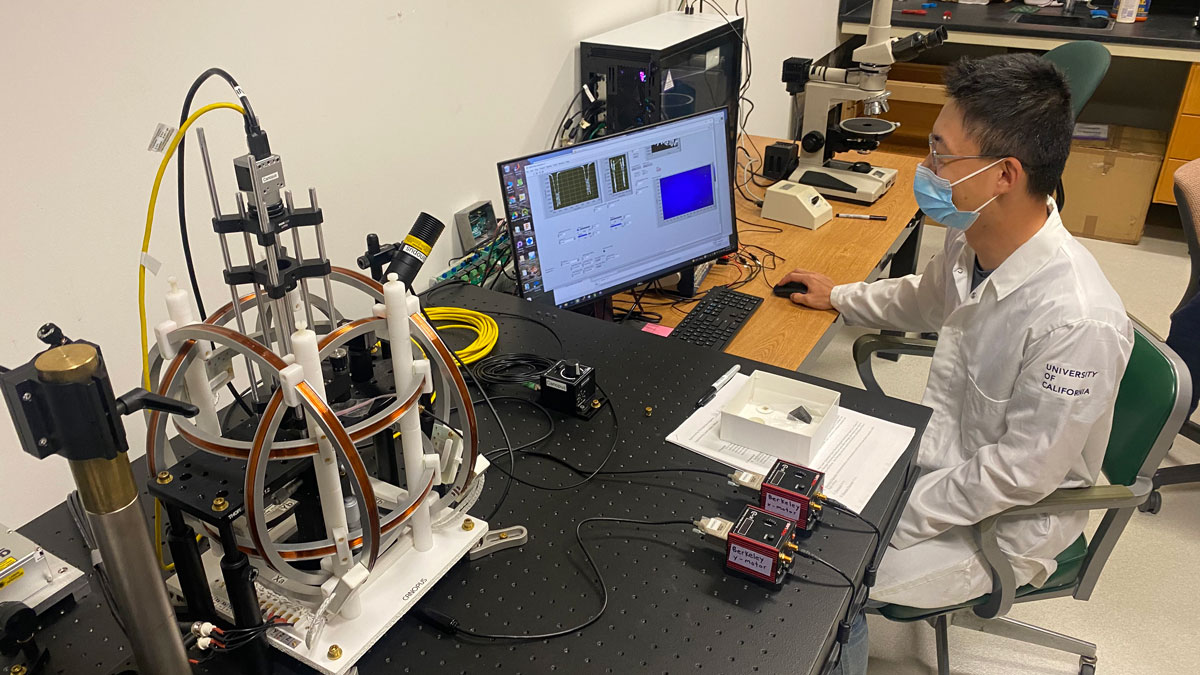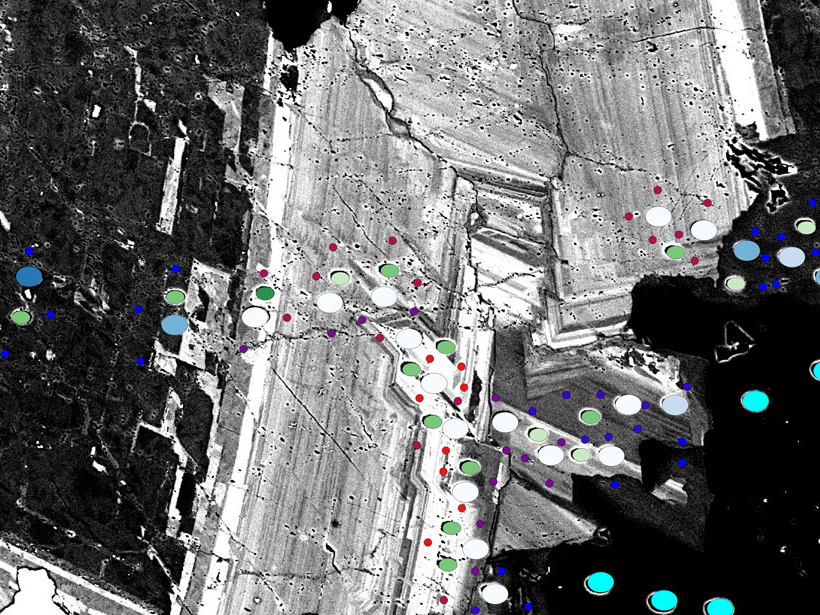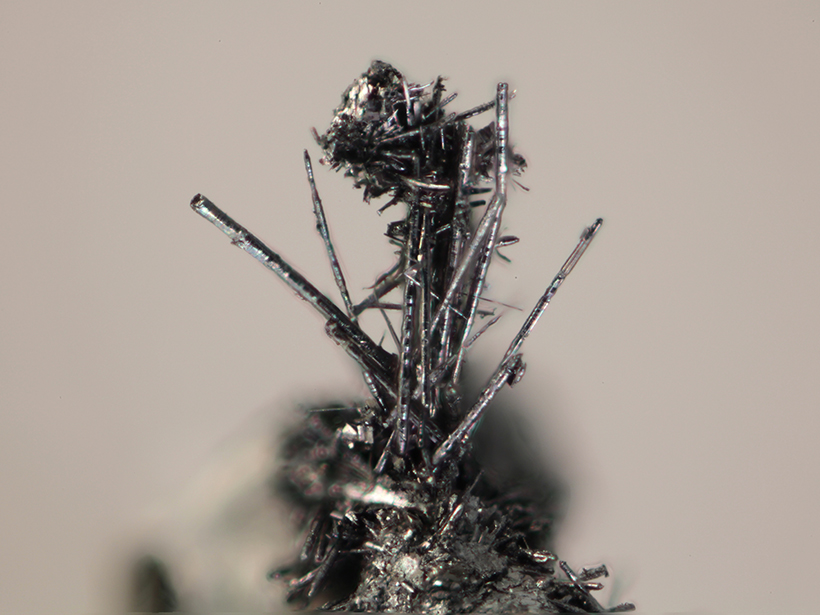New observations reveal how microscopic organisms move through polar ice and illustrate how they may have evolved to thrive in extreme environments.
microscopy
Machine Learning Enhances Image Analysis in Biogeosciences
Machine learning can enhance our ability to identify communities of microorganisms and how they change in response to climate change over time.
Pushing the Limits of IR Spectra: Using Nano-FTIR on Meteorites
A new method, nano-FTIR, is used to examine microstructures and processes on grains, displaying its benefit for examining asteroid returned samples through a meteorite.
How Hot Was the Summer of 1783 Really? Trees Tell Tales
Volcanoes, heat waves, and tree rings – getting the seasonal story straight – a new study finds that volcanic fog lowered summer tree ring density despite the heat.
Diamonds Are a Paleomagnetist’s Best Friend
Typical paleomagnetic measurements average a sample’s signal. The quantum diamond microscope helps scientists make micrometer-scale maps of magnetism, showing where a sample locked in its magnetic signatures.
A New Tool May Make Geological Microscopy Data More Accessible
PiAutoStage can automatically digitize and send microscope samples to students and researchers on the cheap and from a distance.
Desert Microbes Mine for Water
Scientists studying a cyanobacterium isolated from rock samples in the Atacama Desert found out how the bacteria extract water to live. Their results may help identify likely sites for life on Mars.
Microbes Spotted in “Polyextreme” Hot Springs
Hot springs that are as acidic as battery acid are home to single-celled microorganisms that may indicate that life could have been sustained on ancient Mars.
Making Maps on a Micrometer Scale
Geographic information system software, created for mapping cities and continents, works equally well with the minuscule layers and inclusions that record a crystal’s history.
Whiskers on Familiar Crystal Revealed as New Mineral
A 14-year-old girl's chance encounter with a random sample of tanzanite led scientists to find an entirely new mineral.

